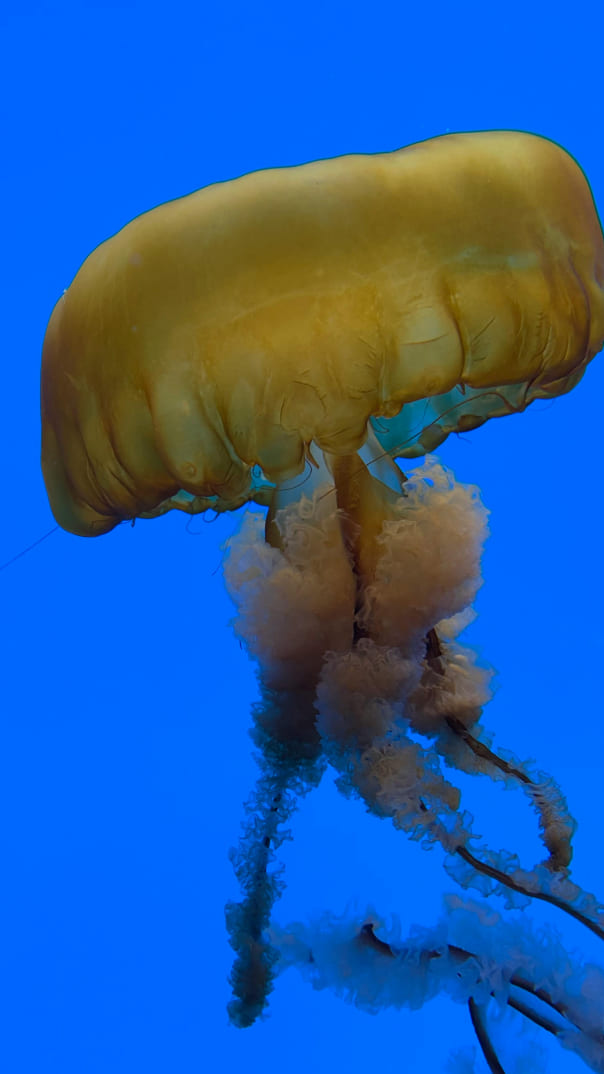Marine Animal Protection

Jellyfish
Jellyfish are ancient marine creatures, having existed for over 500 million years. Their gelatinous bodies and mesmerizing movements make them some of the ocean's most intriguing inhabitants. Found in oceans worldwide, jellyfish play an important role in marine ecosystems by providing food for species like sea turtles and sunfish.
However, human activity is disrupting their natural balance. Pollution, particularly from fertilizers and chemicals, contributes to the proliferation of jellyfish blooms, where their populations explode unnaturally. This disrupts local ecosystems and can damage fisheries by clogging nets or even harming power plants when they block cooling systems. Climate change also impacts jellyfish, as warming waters create more favorable conditions for their reproduction.
Efforts to manage jellyfish populations should focus on reducing pollution and mitigating climate change. Additionally, restoring predator populations, such as sea turtles and certain fish species, can help keep jellyfish numbers in check. Protecting these ancient creatures is vital to preserving the delicate balance of marine ecosystems.
The Urgent Need to Protect Our Oceans
The oceans are the lifeblood of our planet. Covering over 70% of Earth's surface, they regulate the climate, provide oxygen, and support an incredible diversity of life. Yet, despite their importance, oceans are under severe threat. Pollution, climate change, overfishing, and habitat destruction are pushing marine ecosystems to their limits. Protecting our oceans is not just an environmental priority—it’s a necessity for the survival of all life on Earth.
More Details
